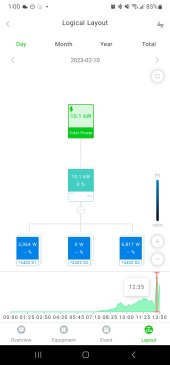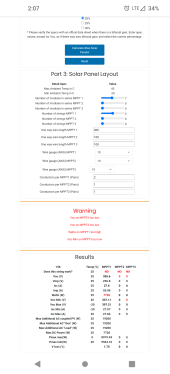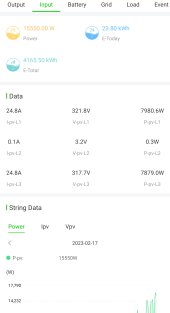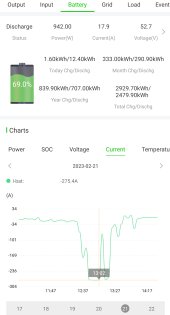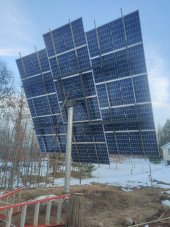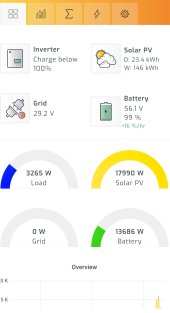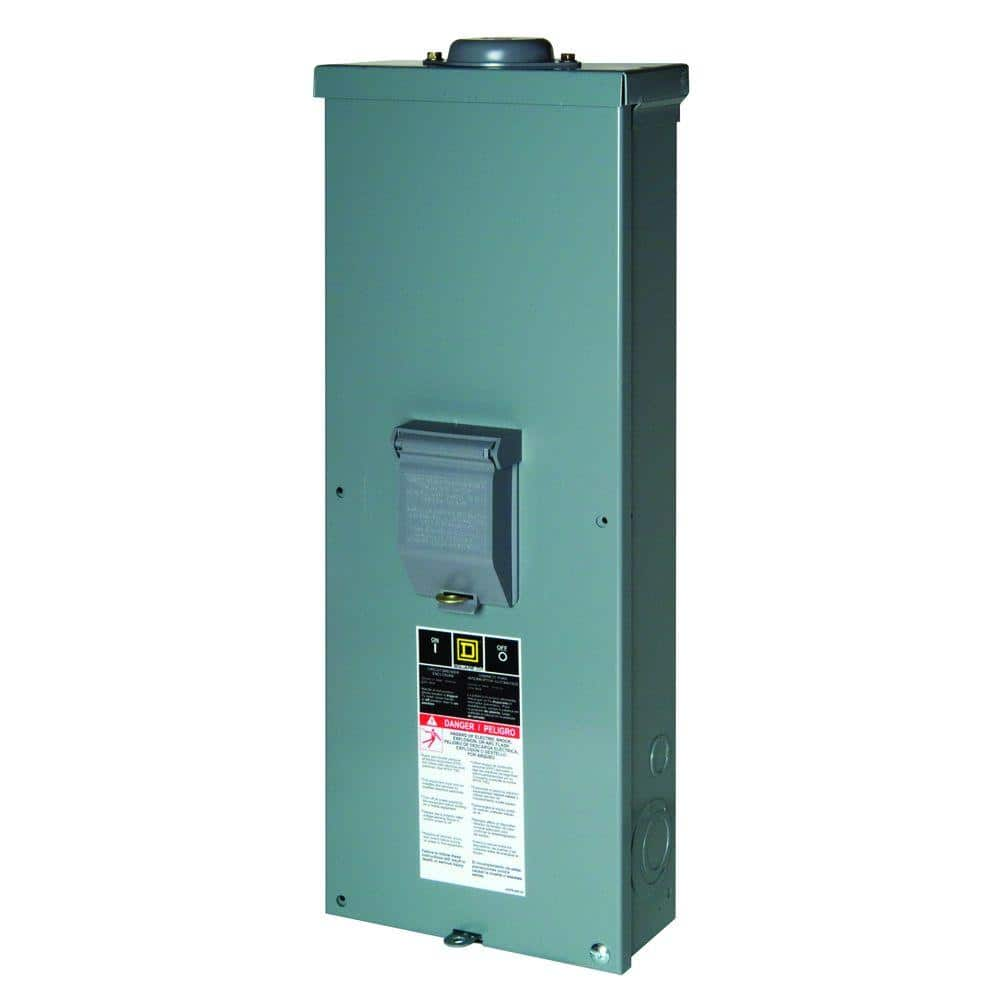Hedges
I See Electromagnetic Fields!
- Joined
- Mar 28, 2020
- Messages
- 21,585
50V / 16s= 3.125V per cell.
Link has table and graph for 48V pack. 50V is around knee of the curve, so IR drop at higher current could make BMS vs. inverter voltage vary.
How about 48V vs. 46V? Far apart in voltage, but both at a couple percent SoC.
A device that measures amp-hours could work better, but only if re-zeroed (or "fulled") often enough to not have accumulated error.

 footprinthero.com
footprinthero.com
2.5V/cell would be 40V
3V/cell or 48V is shown as 9%
Find chart/table for your battery, which may differ.
Link has table and graph for 48V pack. 50V is around knee of the curve, so IR drop at higher current could make BMS vs. inverter voltage vary.
How about 48V vs. 46V? Far apart in voltage, but both at a couple percent SoC.
A device that measures amp-hours could work better, but only if re-zeroed (or "fulled") often enough to not have accumulated error.

LiFePO4 Battery Voltage Charts (12V, 24V & 48V) - Footprint Hero
LiFePO4 battery voltage charts showing state of charge for 12V, 24V and 48V lithium iron phosphate batteries -- as well as 3.2V LiFePO4 cells.
 footprinthero.com
footprinthero.com
2.5V/cell would be 40V
3V/cell or 48V is shown as 9%
Find chart/table for your battery, which may differ.




